Reigniting a love of insects
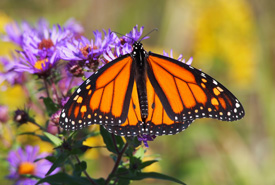
Monarch (Photo by NCC)
The love of insects can be a tough sell to many adults. Much like a fascination with dinosaurs, it seems that an interest in insects peaks during childhood and then declines for most people. Butterflies, however, are one of the few insects that...
Close encounters of a furry kind
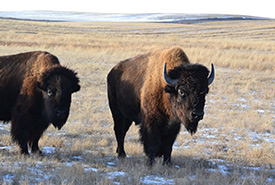
Plains bison (Photo by NCC)
Confession time: I am not a cowboy. There, I said it! My Carhartts have a lot more house paint on them than cow manure. My farming background is in grains (I am a proud agro and I used to be able to unload on the fly, sort of like these guys), and...
Hibernation with a hiss
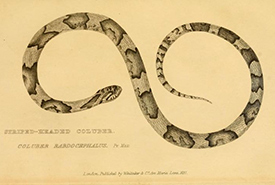
A drawing of a snake (Photo by Darwin Online)
Snakes are such misunderstood creatures. Many people fear them, but that might be because they don’t know how awesome snakes are! Snakes are limbless reptiles with scaly skin. They are very diverse, with different sizes, colours and...
Multi-talented organisms: How seaweeds can affect our daily lives
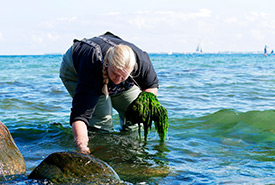
Dr. Sophie Steinhagen collecting seaweeds (Photo courtesy of Dr. Sophie Steinhagen)
Seaweeds, a type of macro-algae (a group that includes benthic [attached to the bottom] marine algae that are typically visible to the naked eye), provide hope for a more sustainable future, through healthier food, renewable energy and fewer...
If you’re Batman then I must be Robin, right?
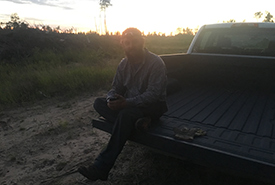
Joe Poissant's (a.k.a. Batman's) office in the country (Photo by NCC)
I feel like there might be some real merit in an ecologist superhero movie. Hear me out before you rate me on Rotten Tomatoes. This summer I spent a couple of nights trying my best to help the Nature Conservancy of Canada’s (NCC’s)...
You don't have to be a scientist
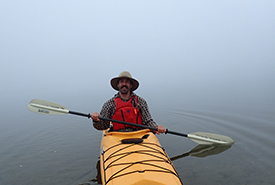
Evan Young kayaking (Photo by NCC)
As an amateur naturalist, I’ve found it’s easy to learn new things; however, it’s getting much harder to retain everything I learn. Growing up on a farm in rural Nova Scotia, I’ve always had a passion for the outdoors,...
Demystifying spooky species this Halloween
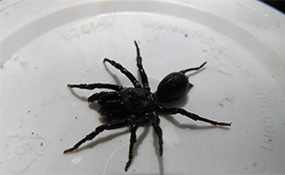
Black purse-web spider (Photo by Rob Craig, Ministry of Natural Resources and Forestry)
Why do some species spook us more than others? Some say it is an evolutionary adaptation, some say it is an irrational fear, while still others say that is because some (like spiders) are always shrouded in myths. If you’re not a fan of...
Science is for the birds
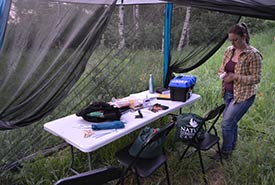
MAPS station at Big Valley property, SK (Photo by NCC)
As a summer intern for the Nature Conservancy of Canada (NCC), I have had the opportunity to participate in many cool conservation activities. One of the neatest projects I got to work on this past summer was the MAPS station that NCC is running...
Citizen science 101
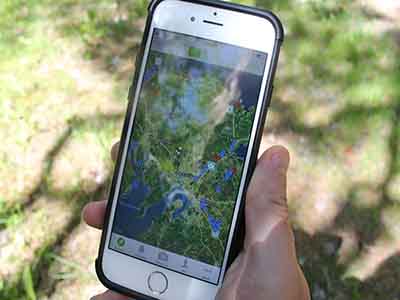
The Wildpaths maritimes project is a citizen science project that helps protect wildlife by using the iNaturalist app. (Photo by NCC)
Close your eyes and picture a scientist. What do you see? Lab coats, goggles and beakers of bubbling liquids? A perplexed set of eyes staring back at you through a window filled with complex equations beyond comprehension? Ask the internet and it...
How animals judge distance
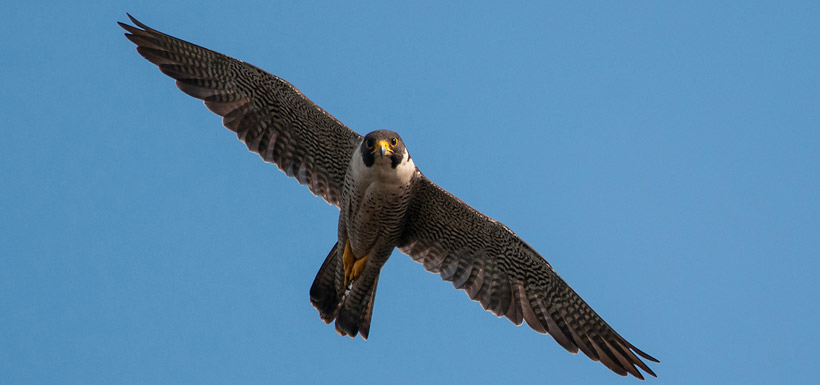
Peregrine falcon (Photo by Stuart Clarke)
Animals can jump great distances, dodge predators and catch fast moving prey. How do they do it? They use their binocular vision to judge the distance in a millisecond. The question of how this works came to me from a curious Saskatchewan...

